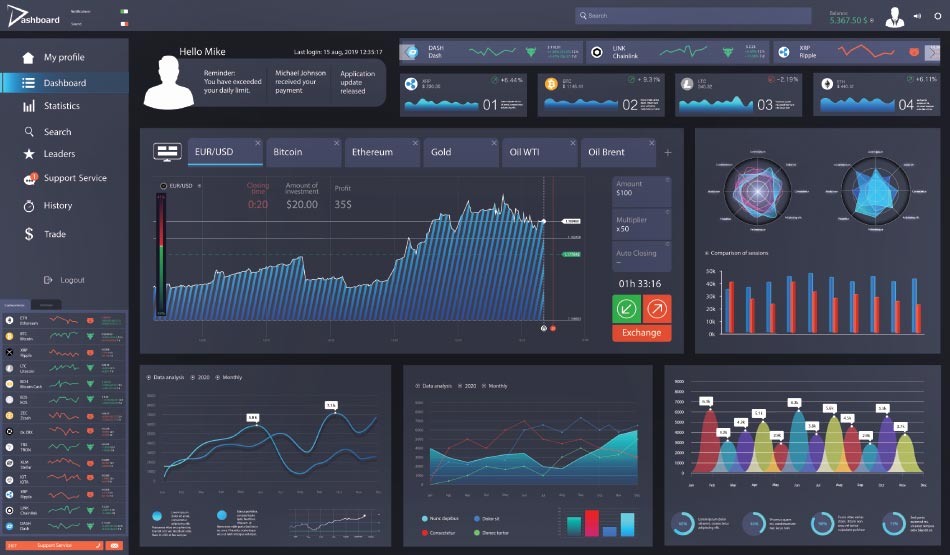
With thousands of applications competing for market share, even seemingly minor UX issues can lead to high churn rates, poor internal adapoption, and negative impact to critical business KPI. Using AI to measure application user experience (UX) is a powerful approach that combines behavioral data, sentiment analysis, and predictive modeling to understand how users interact with and feel about an application.
Conventional UX measurement techniques rely on metrics like bounce rate, time on page, or Net Promoter Scores (NPS). While useful, those metrics are often reported after the fact and are typically limited to “what” happened with little insight on “why” it happened. Traditional tools are also incapabable of quicky analyzing and predicting the overall impact to the users. That’s where the MicroAI Application Performance Management (APM) Agent steps in — providing the context, prediction, and pattern recognition needed to understand and improve UX at scale.
Features and capabilities of the APM Agent include:
Behavioral Analytics: Understanding User Actions in Real-Time
AI-driven behavioral analytics go far beyond static monitoring. They analyze user flows, detect hesitation, and identify patterns that indicate confusion or frustration. Onboard AI models can evaluate:
- Clickstream data to see how users navigate through the app
- Rage clicks or repeated actions that signal poor responsiveness
- Drop-off analysis in key functionality funnels
These insights help teams pinpoint friction points and optimize flows before they impact KPIs.
Sentiment Analysis: Listening to the User’s Voice at Scale
User feedback is invaluable, but manually sifting through thousands of comments is tim consuming, costly, and error prone. The APM AI Agent utilizes Natural Language Processing (NLP) models to analyze datz from:
- In-app surveys
- Seclected functionality reviews
- Support tickets and chat logs
AI assigns sentiment scores, extracts key themes, and identifies emerging trends in user opinion — enabling a fast, accurate pulse on user satisfaction.
Predictive Analytics: Anticipating Problems Before They Occur
AI doesn’t just explain the past — it predicts the future. By training models on historical data, the AI Agent:
- Predicts user churn
- Identify at-risk users
- Forecasts conversion likelihood for specific actions
These insights help product teams proactively redesign features, launch A/B tests, and personalize user experiences for specfic roles and responsibilities.
Emotion & Voice Recognition: Capturing Human Signals
For voice-based applications or customer support integrations, AI models analyze tone of voice, speech speed, and even facial expressions to gauge user emotions. These technologies add a rich new layer to UX measurement — especially in scenarios where emotional experience matters.
User Journey Prediction
The APM AI Agent provides the means to predict user churn, conversion likelihood, or task success based on current behavior. This facilitates the creation of a personalized UX by mitigating issues that lead to a poor user experience and trickle-down KPI impact.

As applications become more complex, the need for adaptive, real-time, and human-centered UX measurement becomes essential. The MicroAI APM AI agent is uniquely positioned to meet this challenge by combining large-scale data processing with behavioral and emotional intelligence.
Companies that embrace AI-driven UX measurement are not just reacting to problems — they’re anticipating them, learning faster, and enabling applications that provide an outstanding user experience.
